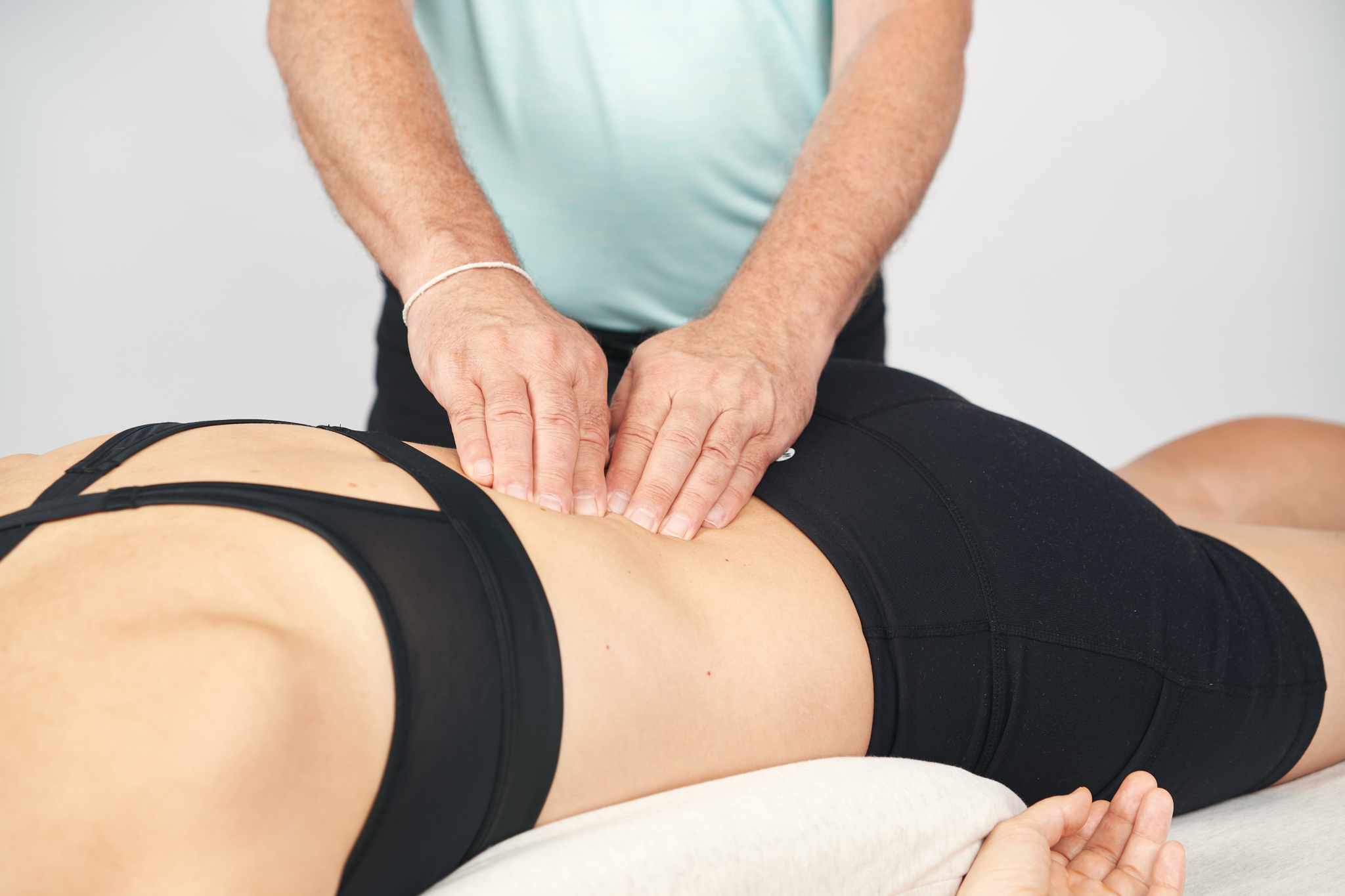Dr. Ida Rolf Institute News
Rolfing® for Back Pain | Lasting Relief Through Structural Integration

Rolfing® Structural Integration for Back Pain Relief
How Rolfing® Structural Integration Addresses Back Pain
Back pain can stem from many sources—old injuries, postural strain, repetitive stress, or long hours of sitting. Over time, these factors can create imbalances in the body’s structure that keep discomfort coming back, even after temporary relief.
Rolfing® Structural Integration takes a comprehensive approach to back pain, looking beyond the site of discomfort to understand how your entire system moves, compensates, and responds to gravity. By working with the fascia—the connective tissue that links and supports every part of the body—Certified Rolfers™ help release tension, improve alignment, and restore a more balanced posture.
Two key elements make this approach effective:
-
Fascial release for structural balance – Targeted, hands-on work helps reduce strain in the back by addressing restrictions throughout the body. When tension in the hips, pelvis, or legs is resolved, the spine can return to a more neutral, supported position.
-
Sensorimotor education for lasting change – Many postural patterns form in response to how we sit, stand, and move every day. Through Rolf Movement® Integration, clients learn new, more efficient movement habits. These help maintain lasting results and prevent old patterns from returning..
Because Rolfing® addresses both the physical and functional aspects of back pain, many people notice not only less discomfort but also better mobility, breathing, and energy. While the Rolfing® Ten-Series offers the most comprehensive results, even a few sessions can create meaningful improvements.
Client Experiences with Rolfing® for Back Pain
Many people turn to Rolfing® after years of struggling with back discomfort—often finding improvements that last well beyond the session itself.
“Since I started the Rolf Method of Structural Integration, I have not had any back spasms. My posture has improved, and the tension in my shoulders and back is gone. I haven’t had a single spasm in over eight months.”
— J.K., Ultra Marathoner
“Rolfing helped me release long-held tension and move with more ease. I feel stronger, more balanced, and free from the restrictions that used to hold me back.”
— E.K., College Student
Certified Rolfers™ across the country see these transformations every day—helping clients reclaim comfort, stability, and confidence in how they move.
Connect with a Certified Rolfer™ and Take Your First Step Toward Lasting Relief
Research – The Deep Dive
For those who like to see the science behind the results, there’s a growing body of research on fascia, structural integration, and back pain.
Fascia—the dense, fibrous connective tissue that surrounds and supports muscles, bones, and organs—plays a critical role in movement, joint stability, and overall body function. Yet for decades, it was largely overlooked in medical research. Anatomical displays often remove fascia to reveal the structures beneath, unintentionally hiding its importance.
In recent years, studies have begun to explore fascia as a dynamic, responsive tissue that can adapt—and improve—with manual therapy.
-
Long-term change: One study found that the benefits of a Rolfing® Ten-Series were still measurable ten years later, showing lasting improvement in structure and postural balance.
-
Cellular impact: Research on fibroblast cell shape shows manual therapy can influence tissues at the cellular level—offering insight into how Rolfing® achieves its results.
-
Movement matters: Another study showed prolonged slumped sitting increases the risk of lower back discomfort—supporting Rolfing’s emphasis on postural awareness and movement education.
Curious to learn more? Explore clinical studies, fascia research, and case reports on how Rolfing® helps address back pain and other structural issues. here.